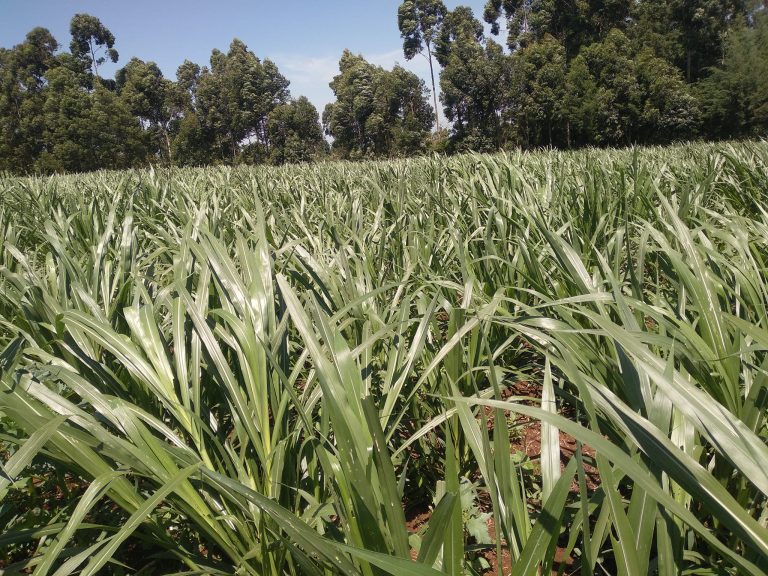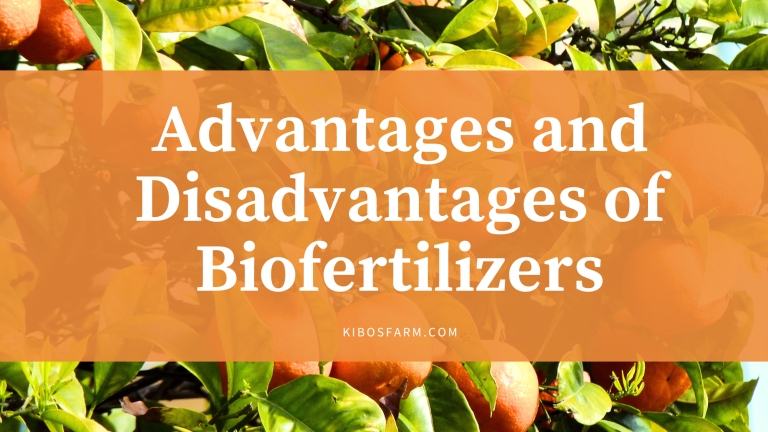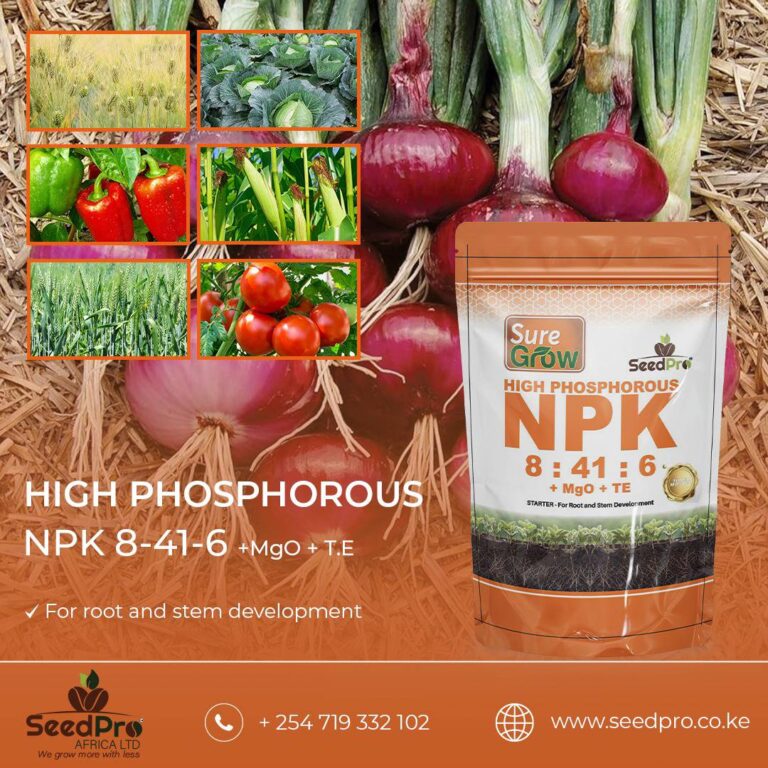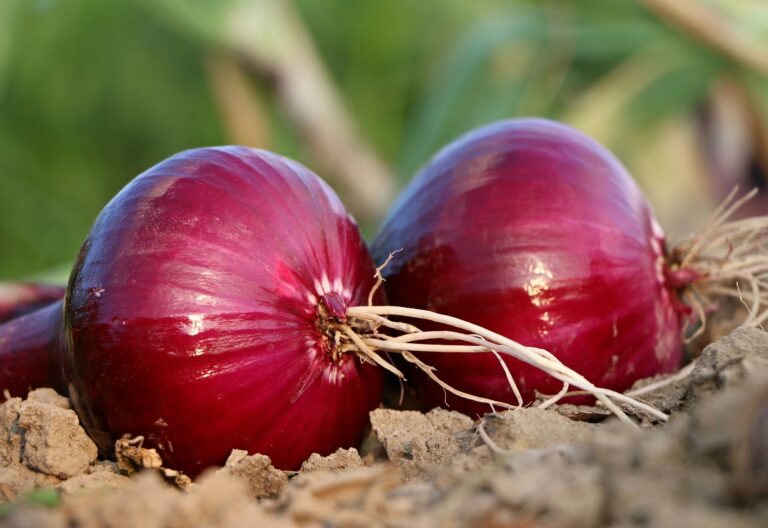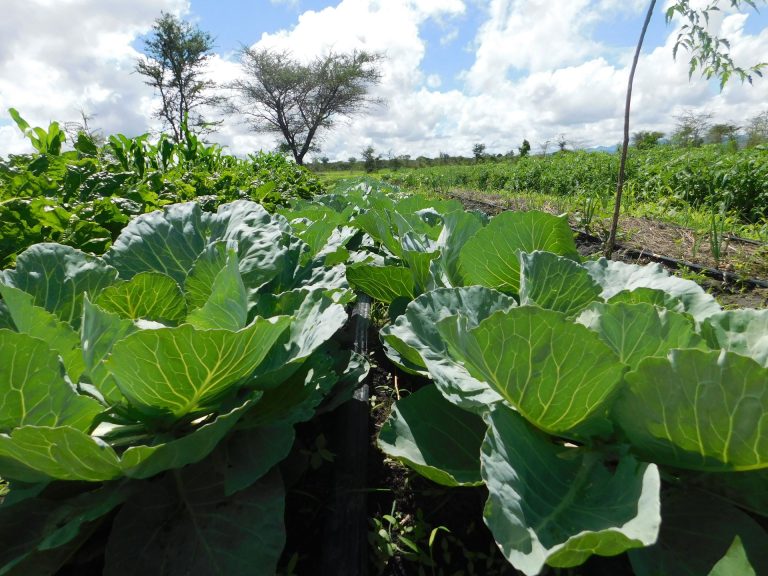Di-Ammonium Phosphate (DAP)Fertilizer Advantages and Disadvantages
Di-Ammonium Phosphate (DAP) is a widely used phosphorus fertilizer that is made from two common constituents in the fertilizer industry. It has a high nutrient content and excellent physical properties, making it popular in farming and other industries.
DAP is produced through a controlled reaction of phosphoric acid with ammonia, resulting in a granulated product with a nutrient grade of 18-46-0, containing 18% nitrogen and 46% P₂O₅ (20% P).
They are commonly used as starter fertilizers during sowing or planting to ensure that crops receive adequate nutrition early in their growth stages.
However, like any fertilizer, DAP has its own set of advantages and disadvantages that every farmer should be aware of.
In this article, I will explore the benefits and drawbacks of using DAP fertilizer, helping you make informed decisions about its use in your garden.
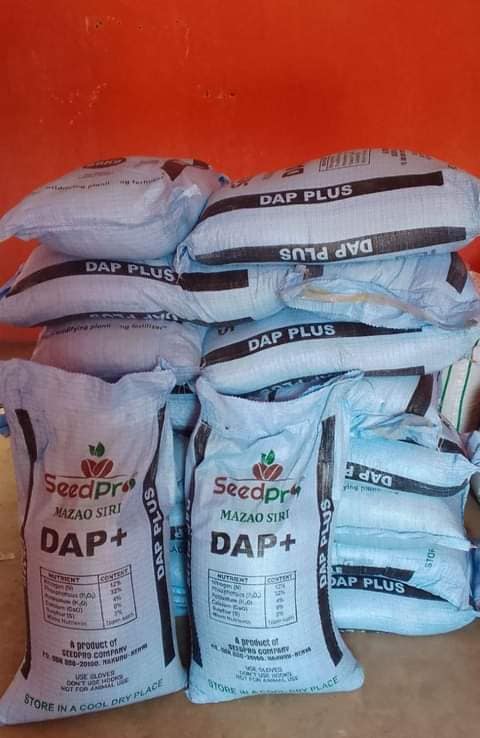
Key Takeaways:
- DAP fertilizer, also known as Di-ammonium Phosphate, is popular due to its high nitrogen and phosphorus content.
- Understanding the advantages and disadvantages of DAP fertilizer can help farmers make informed decisions about its use.
- The advantages of DAP fertilizer include soil testing, suitability as a basal dose fertilizer, proper positioning, and effectiveness in neutral soils.
- The disadvantages of DAP fertilizer include the risk of overfertilization, water pollution, soil acidification, and environmental impact.
- Knowing both the benefits and drawbacks of DAP fertilizer can help you optimize its usage and minimize any potential issues.
Advantages of DAP Fertilizer
The advantages of using DAP fertilizer are numerous. Here are some benefits:
- Nutrient-rich: DAP fertilizer is a rich source of two essential plant nutrients: nitrogen (N) and phosphorus (P). It typically contains 18% nitrogen and 46% phosphoric acid (P2O5), which is a form of phosphorus readily available to plants.
- Promotes root development: The high phosphorus content in DAP fertilizer plays a crucial role in promoting strong root growth and development. Phosphorus is essential for various plant processes, including energy transfer, photosynthesis, and nutrient transport.
- Early growth and maturity: The combination of nitrogen and phosphorus in DAP fertilizer supports healthy plant growth from the early stages. Nitrogen promotes vigorous vegetative growth, while phosphorus aids in early root establishment, flowering, and fruiting.
- Improved yield and quality: By providing essential nutrients for plant growth and development, DAP fertilizer can lead to increased crop yields and improved produce quality.
- Soil pH buffering: DAP fertilizer has a slightly acidic pH, which can help neutralize alkaline soils and make nutrients more available for plant uptake.
- High nutrient concentration: DAP fertilizer has a high nutrient concentration, which means that a smaller amount can be applied compared to other fertilizers, reducing transportation and application costs.
- Versatility: DAP fertilizer can be used for a wide range of crops, including cereals, vegetables, fruits, and ornamental plants, making it a versatile choice for various agricultural and horticultural applications.
Key Considerations when using DAP Fertilizers
- Soil Testing: Before applying DAP fertilizer, it is crucial to assess the soil’s nitrogen and phosphorus levels. This evaluation helps determine the appropriate dosage of DAP needed for optimal results.
- Basal Dose: DAP is an excellent choice for basal dose fertilizer applications. It provides a significant amount of phosphorus and a portion of nitrogen required for initial plant growth. Additional nitrogen can be supplemented using urea fertilizer during different crop growth stages.
- Positioning: When using DAP, it is essential to place the fertilizer at a distance from plant roots. This positioning allows for easy access to phosphorus. Mishandling DAP can result in seedling injury due to the release of ammonia.
- Soil Amendments: DAP yields optimal results in neutral pH soils. In alkaline soils, excess calcium can bind with phosphorus, reducing its effectiveness. Adjusting the soil pH to neutral levels enhances nutrient utilization efficiency.
“DAP fertilizer offers the advantage of providing essential nutrients for plants while allowing for efficient dosage management through soil testing and basal dose application.”
Disadvantages of DAP Fertilizer
DAP fertilizer, while widely used for its nutrient content and effectiveness, comes with a few drawbacks and potential issues that should be considered. Understanding these limitations can help farmers make informed decisions about its application.
- Overfertilization: One of the main disadvantages of DAP fertilizer is the risk of overfertilization. Applying too much DAP can lead to an imbalance of nutrients in the soil, causing harm to plants. It is crucial to follow recommended application rates to avoid this issue and ensure optimal plant growth.
- Water Pollution: Another concern associated with DAP fertilizer is the potential for water pollution. Excess phosphorus from the fertilizer can leach into water systems, leading to eutrophication and the growth of harmful algae and microbes. Proper application and dosage management are essential to prevent water pollution and maintain the health of aquatic ecosystems.
- Soil Acidification: DAP fertilizer has an acidifying effect on the soil due to its ammonium content. This can lower the pH level of the soil, creating acidic conditions. While some plants thrive in acidic soils, others, particularly those that prefer alkaline conditions, may be negatively affected. It is important to monitor soil pH and make appropriate adjustments when using DAP fertilizer.
- Environmental Impact: The production of DAP fertilizer involves the mining of phosphate rock and the use of significant amounts of energy. This process contributes to various environmental issues, including air and water pollution, habitat destruction, and climate change. Considering the environmental impact of DAP production is crucial for sustainable agriculture and responsible fertilizer use.
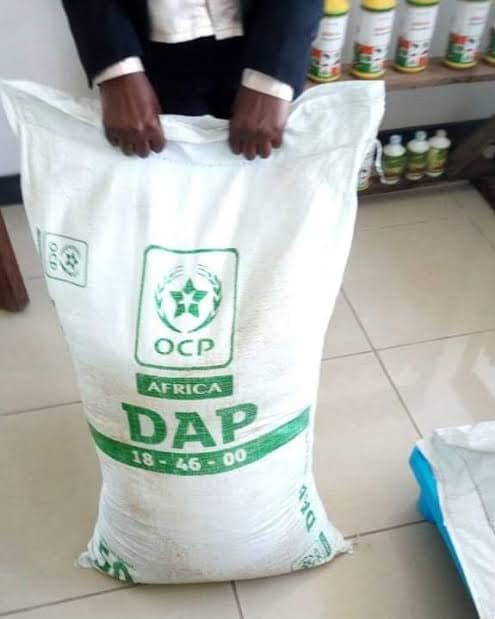
Comparison Table for Advantages and Disadvantages of DAP
| Advantages of DAP Fertilizer | Disadvantages of DAP Fertilizer |
|---|---|
| Provides high levels of nitrogen and phosphorus Suitable for use as a basal dose fertilizer Improves nutrient use efficiency in neutral soils | Potential overfertilization leading to nutrient imbalances Can contribute to water pollution if improperly applied Has an acidifying effect on the soil Environmental impact due to the production process |
DAP fertilizer has its advantages and disadvantages. It provides high levels of nitrogen and phosphorus, making it suitable as a basal dose fertilizer.
It improves nutrient use efficiency in neutral soils. However, it is important to avoid overfertilization, which can lead to nutrient imbalances and potential harm to plants. Improper application of DAP can also contribute to water pollution, and it has an acidifying effect on the soil.
Furthermore, the production process of DAP fertilizer has environmental impacts. Farmers should weigh these factors when considering the use of DAP fertilizer in their gardening practices.

FAQs on Pros and Cons of DAP Fertilizer
Here are some frequently asked questions about the pros and cons of DAP fertilizer:
1. What is the full form of DAP?
– The full form of DAP is Diammonium Phosphate.
2. What are the advantages of using DAP fertilizer?
– DAP fertilizer offers several advantages, such as providing a basal dose of phosphorus and nitrogen, suitability for neutral soils, and improved soil amendments. It is also an essential source of plant nutrients.
3. What are the disadvantages of DAP fertilizer?
– While DAP fertilizer has its benefits, it also has some drawbacks. Overfertilization can be detrimental to plants, excessive phosphorus can lead to water pollution, and the acidifying effect on the soil may not be suitable for plants preferring alkaline conditions. Again, the production of DAP fertilizer contributes to environmental issues.
4. Are there alternative fertilizers to consider?
– Yes, there are alternative fertilizers available, including urea and potassium-based fertilizers. Each type has its own advantages and disadvantages, so it’s essential to consider the specific needs of your plants and soil before deciding which fertilizer to use.

